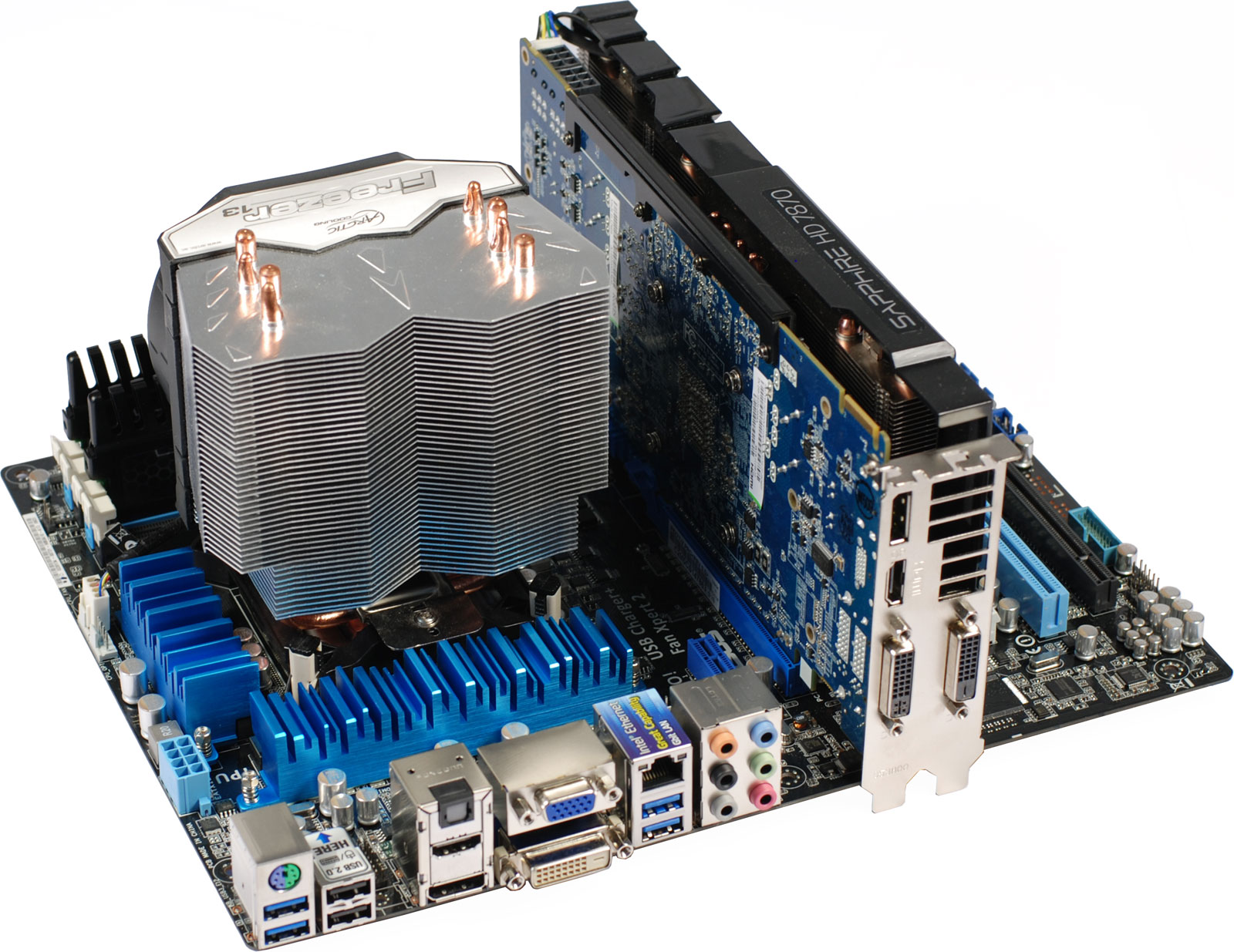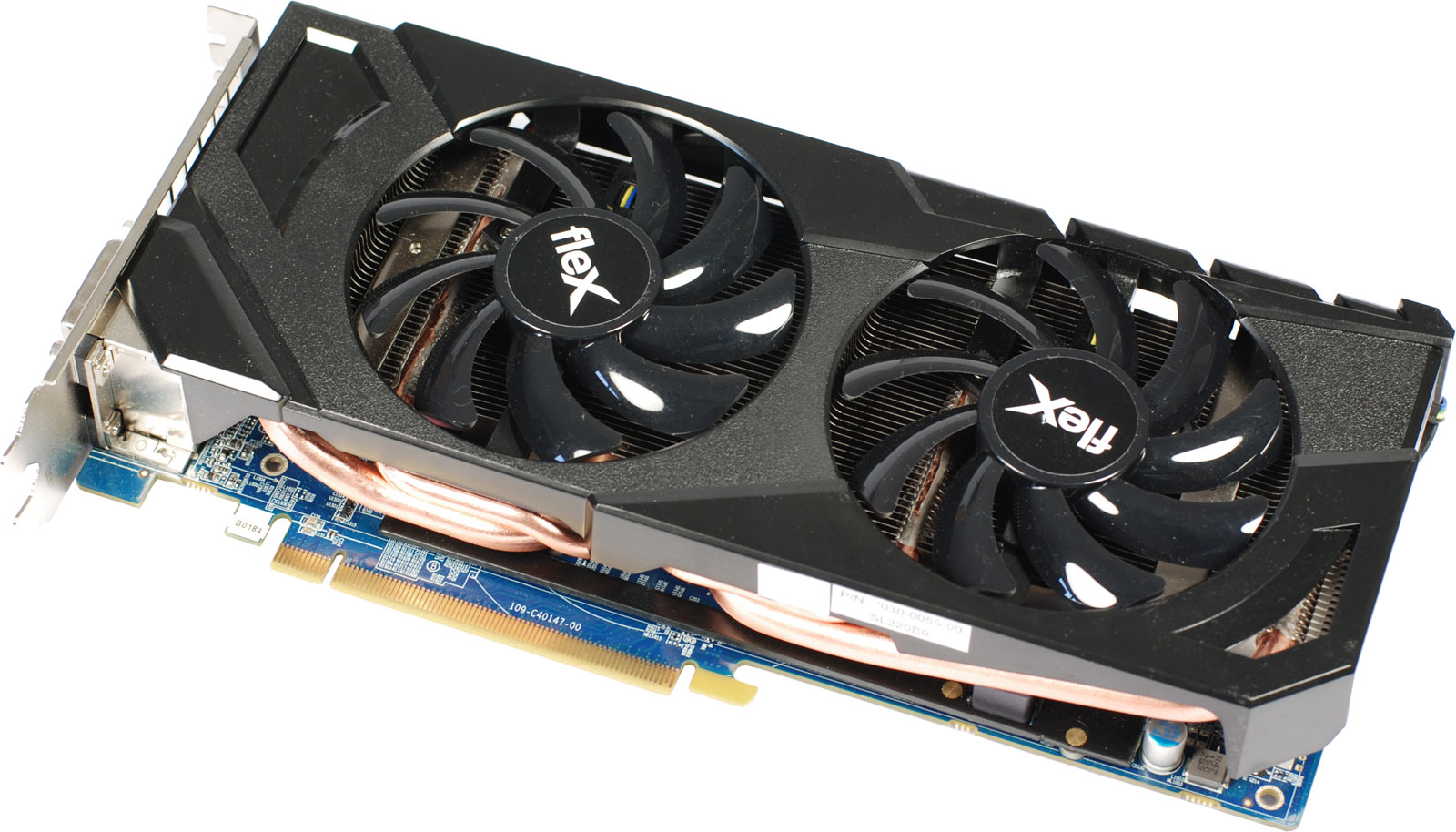Windows 8: Double-Checking Performance On Core i7-3770K
After giving Windows 8 our attention last week, we're following up with one more look at performance using a Core i7-3770K processor. Are there any aberrations to note, or does Intel's Ivy Bridge architecture demonstrate the same behavior as Bulldozer?
A Performance Check With Core i7-3770K
Last week was dominated by coverage of Microsoft's Windows 8.
- We reviewed the operating system itself in The Definitive Windows 8 Review And User Guide
- We published an update clarifying the contents of Microsoft's Media Center and Pro packs, along with app compatibility, in Windows 8: Clarifying Codecs, Compiling, And Compatibility
- We compared the performance of 10 games under two versions of Windows in Windows 8 Versus Windows 7: Game Performance, Benchmarked
- We broke out an older FX-8150 to see how its performance changed under Windows 8 in Windows 8: Does AMD's Bulldozer Architecture Benefit?
- We got a look at Dell's Windows 8-focused XPS and Inspiron product families in Dell Shows Off Its Entire Windows 8-Based Fall Line-Up
- We published Part 1 of our Windows RT-based Microsoft Surface review, called Microsoft Surface Review, Part 1: Performance And Display Quality
There will be more Windows 8-oriented coverage coming, of course. But we wanted to wrap the week up with one last look at system performance using a Core i7-3770K-based platform, adding a couple of synthetic tests not purposely bound by processor performance.
So, do we see the same outcome from Core i7-3770K as what we realized from the FX-8150? We'll start with a look at our test platform, and go from there.
| Benchmark System | |
|---|---|
| Hardware | |
| Motherboard (LGA 1155) | Asus P8Z77-V Pro, Chipset: Intel Z77 Express, BIOS: 1504 |
| CPU | Intel Core i7-3770K (22 nm, Ivy Bridge, D2), 4C/8T, 3.5 GHz, 4 x 256 KB L2 Cache, 8 MB Shared L3 Cache, w/ HD Graphics 4000, 77 W TDP, 3.9 GHz max. Turbo |
| Memory | 2 x 8 GB DDR3-1600, Corsair Vengeance CMZ16GX3M2A1600C10 |
| Graphics Card | Sapphire Radeon HD 7870 FleX, GPU: Pitcairn (1000 MHz), Graphics RAM: 2048 MB GDDR5 (1200 MHz), Stream Processors: 1280 |
| System Drive | Samsung PM810, 256 GB, SATA 3Gb/s, MZ5PA256HMDR |
| Power Supply Unit | PC Power & Cooling, Silencer 750EPS12V 750 W |
| Operating Systems | |
| Operating System I | Windows 7 Ultimate x64 SP1 |
| Operating System II | Windows 8 Pro x64 RTM |
| Drivers | |
| AMD Radeon Driver | AMD Catalyst 12.8 Suite for Windows 7 |
| AMD Radeon Driver | AMD Catalyst 12.8 Suite for Windows 8 |
| Intel Chipset Driver | Chipset Installation Utility Version 9.3.0.1019 |
Benchmark System
Pictured below is the complete configuration we used for testing, including an Ivy Bridge-based Core i7-3770K, an SSD, 16 GB of DDR3-1600 memory, and Sapphire’s Radeon HD 7870 FleX graphics card.
Sapphire's Radeon HD 7870 FleX has a custom cooling solution with two fans. It does particularly well in OpenCL-based workloads, where AMD’s Graphics Core Next (GCN) architecture does well.
Get Tom's Hardware's best news and in-depth reviews, straight to your inbox.
Current page: A Performance Check With Core i7-3770K
Next Page Benchmark Results: 3DMark 11 And PCMark 7-
mayankleoboy1 You are using winrar 3.98 , which isnt big on multithreading. Winrar4.2 is a huge change from the older versions, with quite aggressive multithreading. Please drop the old version and use the newer. :)Reply -
mayankleoboy1 most of these benchmarks are basically CPU bound. Can you do a mix test that does CPU + IO activity , like an Antivirus software ? or uncompressing 10GB+ rar/7z archives ?Reply
That would test if Microsoft has made changes in the scheduler to balance throughput VS response time. -
Darkerson Well, at least things are on an overall even scale, unlike when vista came out and was decidely less snappy than XP. But with all the other modifications MS has made, such as the nice boost to start up and shut down speeds, its still "feels" faster than 7, even if it really isnt, overall. At any rate, I still dont feel this is "Vista 2" as a lot of people were making it out to be before launch.Reply -
SteelCity1981 Overall Windows 8 doesn't improve over Windows 7 as both OSes are evenly matched and trade off performance over each other in diff benchmarks and you would think a newer OS like Windows 8 that is suppose to use less resources then Windows 7 should have outperformed Windows 7 across the board and yet it doesn't.Reply -
agnickolov Alas, you skipped the Visual Studio benchmark. It showed slight aberration in Win7's favor on the AMD platform, so I was curious if that remained true for Intel as well.Reply -
SteelCity1981 TheCapuletJust because it uses less ram, doesn't mean it just pulls extra performance out of it's ass.This isn't 2005. This is common knowledge by now.Reply
That has nothing to do with that. The less the host soruce uses from the system the better applications programs are to be able to utilize from the systems hardware more efficiently. -
manwell999 Why bother doing performance comparisons if whenever the performance drops for the new version out comes the excuse "it will be fixed in the driver". What evidence is their to say this?Reply
A double-check means check-check, not check-excuse. Conclusions are drawn from the data at hand, not from speculation on what might be in the future.
Otherwise cite the manufacturers acknowledgment that performance issues are going to be fixed and hold them to it. -
darkstar845 Is there a way to customize windows 8 to make it look like the desktop picture in the first page?Reply -
warmon6 darkstar845Is there a way to customize windows 8 to make it look like the desktop picture in the first page?Reply
no. those are 2 different images (windows 7 and 8) that's been fused together.
now, if you want that start button on windows 8, you could look at this article and try one of the 2 solutions they give.
http://www.pcworld.com/article/2012810/another-way-to-restore-the-windows-8-start-button-and-menu.html
-
roflmaonow warmon6no. those are 2 different images (windows 7 and 8) that's been fused together.now, if you want that start button on windows 8, you could look at this article and try one of the 2 solutions they give.http://www.pcworld.com/article/201 -menu.htmlReply
I just tried out pokki, it's really good for free program. Thanks for the heads up. I do like Start8 more though.


